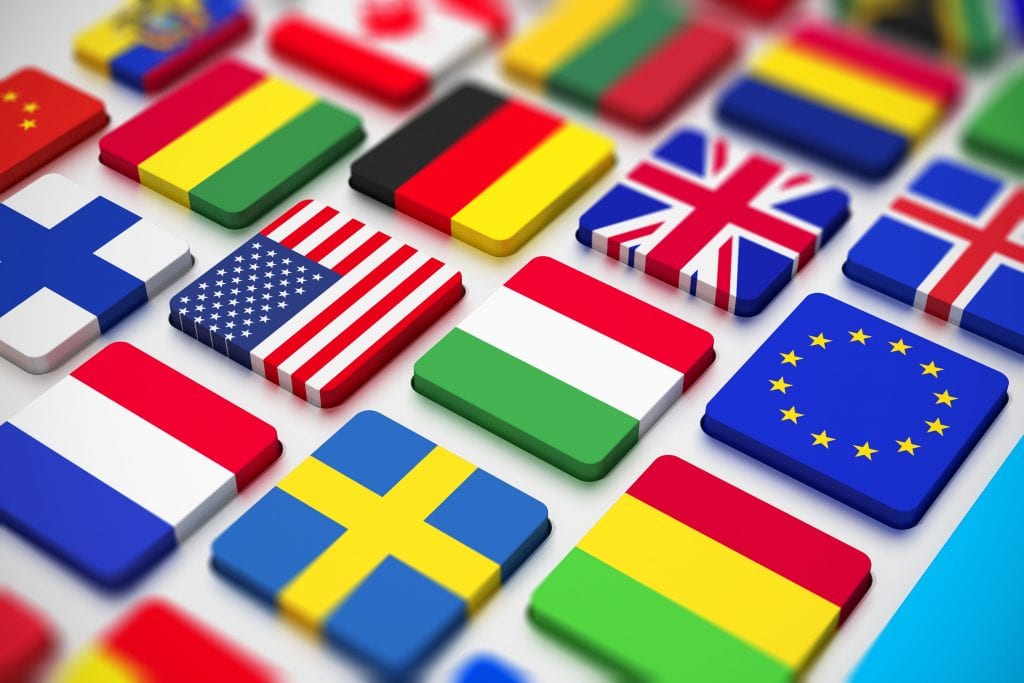AI Translation and data privacy: What Legal Teams need to Know in 2026

Introduction
As we move further into the digital age, the use of Artificial Intelligence (AI) in various sectors has become a common occurrence. One area where AI has made notable strides is in the field of translation. However, wiht the increasing use of AI for translation, new concerns over data privacy have emerged. This article aims to guide legal teams through the potential risks and challenges that may arise in the near future, specifically in 2026, and how to navigate this evolving landscape.
Data Privacy Concerns in AI Translation
One of the main concerns with AI translation is the potential for sensitive data to be shared and stored without proper consent. AI translation frequently enough involves the use of machine learning algorithms, which poses a risk that personal data might potentially be collected and used without individuals’ knowledge or consent.This could lead to violations of data privacy laws, such as the General Data Protection Regulation (GDPR), and result in legal repercussions for companies utilizing AI translation.
Anticipated Regulatory Changes in 2026
In 2026, we can expect to see stricter regulations around data privacy, especially in the field of AI. As the use of AI becomes more widespread, governments and regulatory bodies will likely introduce new laws and guidelines specifically addressing the use of AI and sensitive data. legal teams will need to stay abreast of these changes to ensure compliance.
Strategies for Compliance
To stay compliant with these regulations, legal teams will need to carefully review and monitor AI translation systems to ensure that personal data is being collected, stored, and processed legally. This may include implementing privacy by design and conducting regular audits of AI translation systems. Additionally, legal teams should also consider implementing policies and procedures for obtaining consent from individuals before their data is used for translation purposes. This may involve obtaining explicit consent and providing clear explanations of how their data will be used.
Addressing AI Bias and Reliability
Another potential challenge for legal teams in 2026 is the reliability and bias of AI translation. As AI translation continues to improve and become more accurate, there is still a risk of bias and inaccuracies in the translations. Legal teams should be aware of the potential for bias in AI translation systems and take steps to mitigate these risks. This may involve regularly monitoring and testing the systems for bias and having protocols in place for addressing any issues that may arise.
Conclusion
as AI translation becomes more prevalent,legal teams will need to stay informed and adaptable to changes in data privacy regulations. By implementing strict policies and procedures for data privacy and monitoring AI translation systems for bias, legal teams can help ensure compliance and protect their companies from legal repercussions.